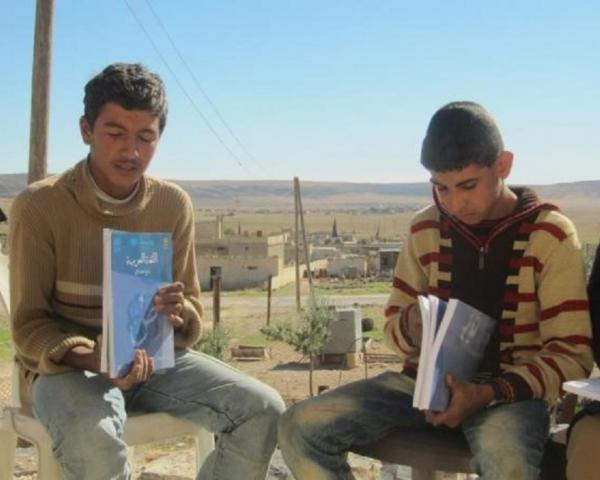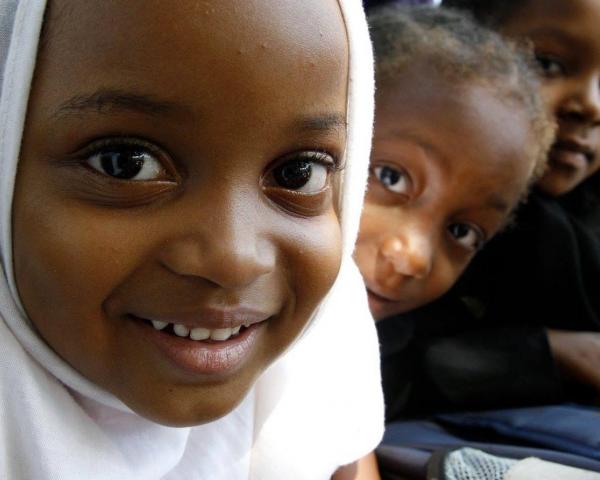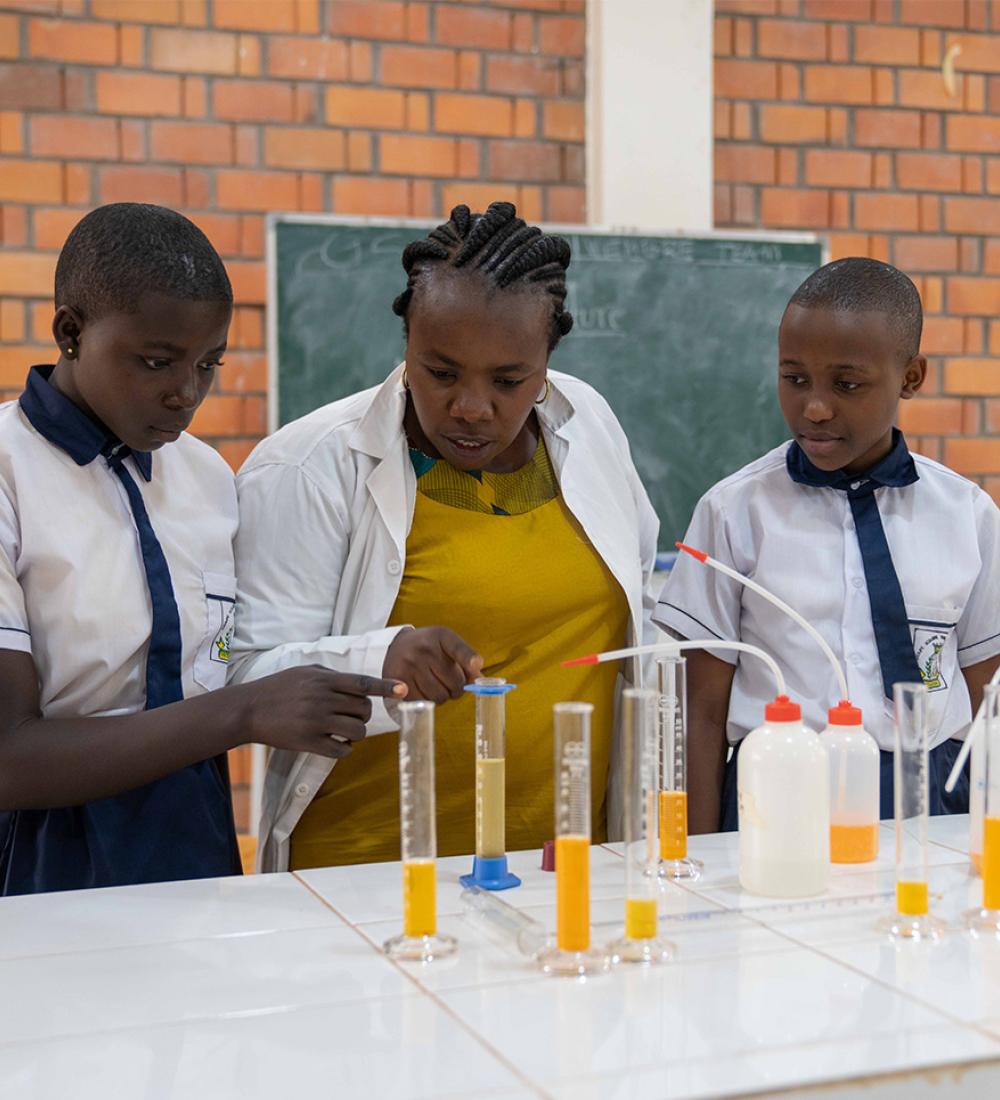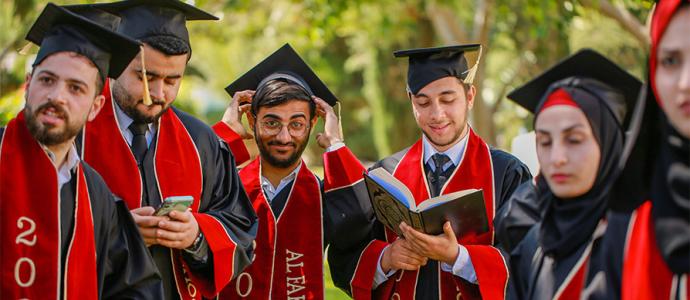Perspectives on Practice and Policy - LEBANON

Policies such as free primary education and compulsory enrolment (at both the primary and junior secondary levels), which were introduced in 1959 and again in 1998 and 2011, as well as consistent foreign language instruction (as a curriculum subject) are key contributors to this success (Gonzalez, 2008; UNDP, 2003). Lebanon was successful in maintaining some progress in increasing access and retention in primary education, despite a civil war, regional wars, and political instability in the past two decades. A large number of students attend private and religion-organised schools. In addition, nearly three-fourths of preschool-aged children (ages 3 to 5) are in school, stemming in large part from a mid-1990s move to include this level as part of the public education system (Gonzalez, 2008). Nevertheless, certain groups of children and youth—from lower socio-economic status, remote areas and the suburbs—are more likely to be excluded from preschool, not gain access to or not complete the full course of primary and junior secondary schooling.
Furthermore, concerns have been raised about the quality of education provided in public and subsidised private schools (El Hassan, 2010; Interview 1 with MEHE). An absence of a coherent education policy and lack of quality monitoring systems has meant that problems related to initial access, dropout and failures (manifested through low test scores) have persisted.
In 2010, Lebanon adopted a five-year Education Sector Development Plan (ESDP), which builds on the National Education Strategy (NES) (Lebanese Association for Educational Studies, 2006) and has been incorporated in the National Social Development Strategy of Lebanon (NSDS) (Ministry of Social Affairs, 2011). The ESDP focuses on quality learning for individual human growth at the preschool, general (primary, junior secondary, and upper secondary) and higher education levels. However, given the continuing political instability in the country, the Lebanese government and society have faced a challenge in addressing issues of education sector development.
The first section of this report highlights the political, economic and educational dimensions of the country context. Next, the report presents an overview of the significant achievements within primary schooling in Lebanon between 1980 and 2010, highlighting the observed patterns of access, retention, and quality of primary education. The report also discusses the various drivers and impediments of change within the sector, particularly addressing policy, programme, and project initiatives as well as the constraining contextual factors. Finally, the report concludes with key lessons learned from the overview of the primary education sector in Lebanon, noting the ongoing and future challenges in the sector.


















